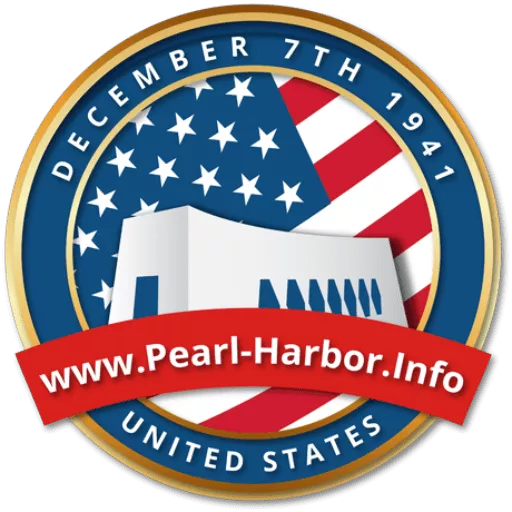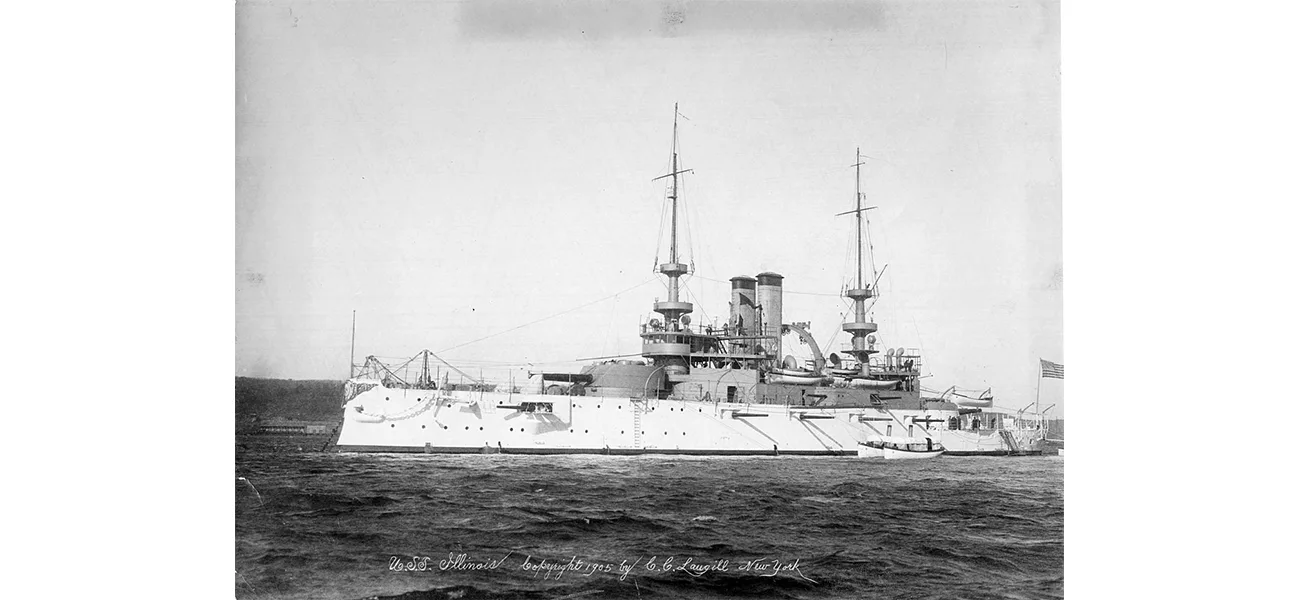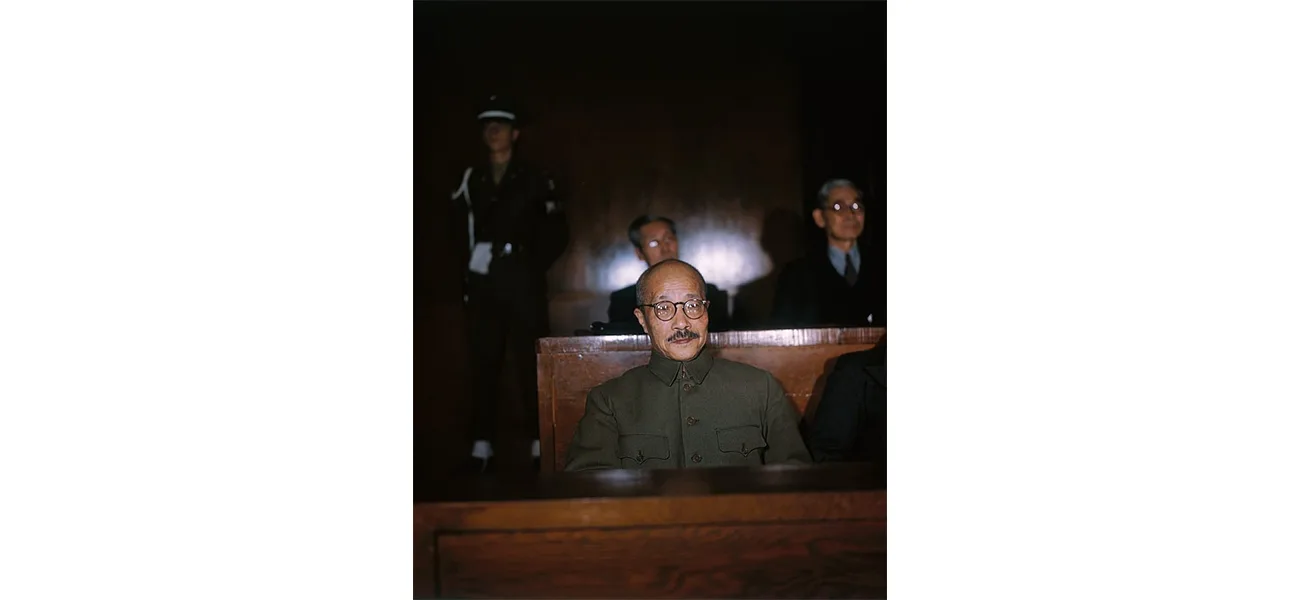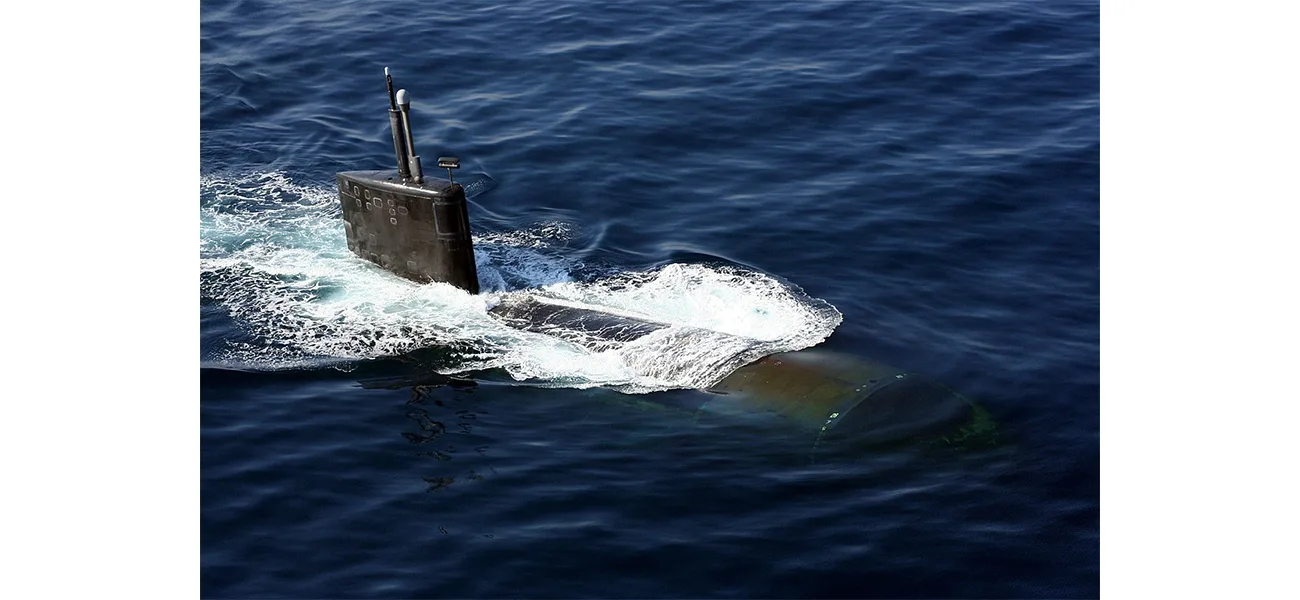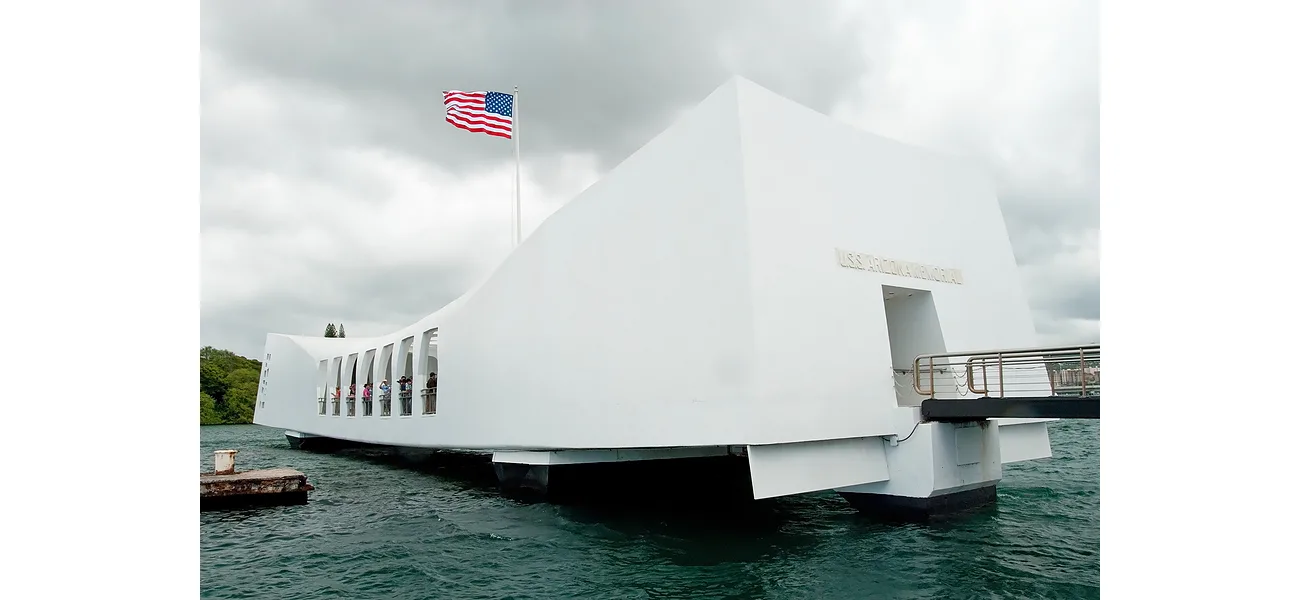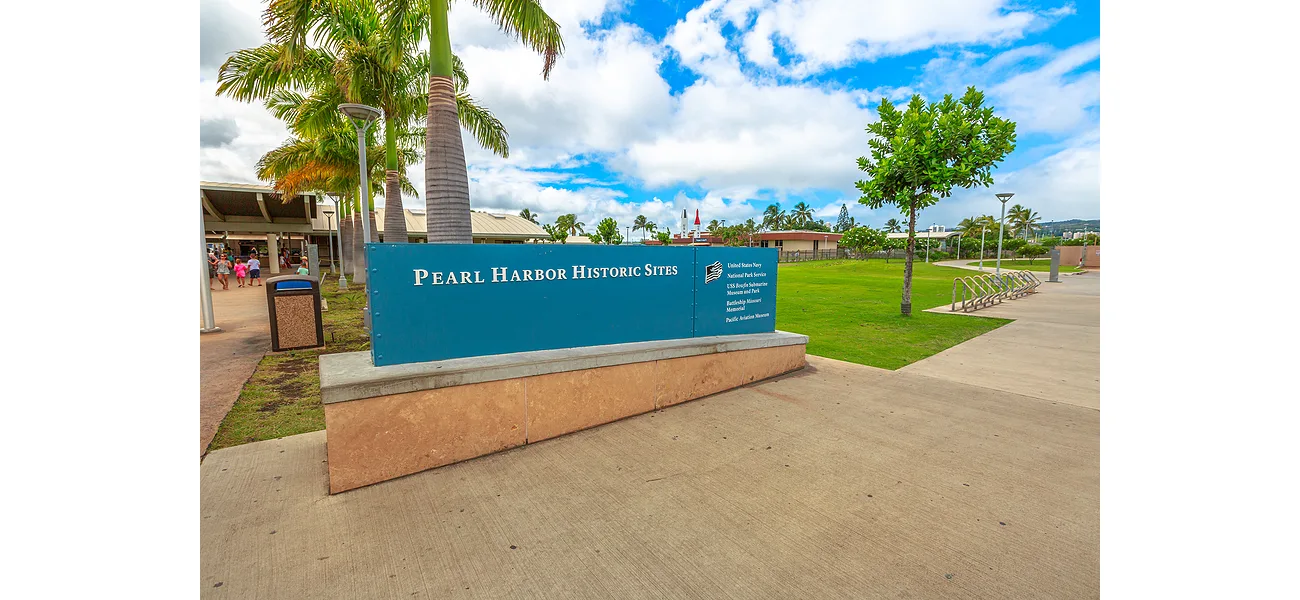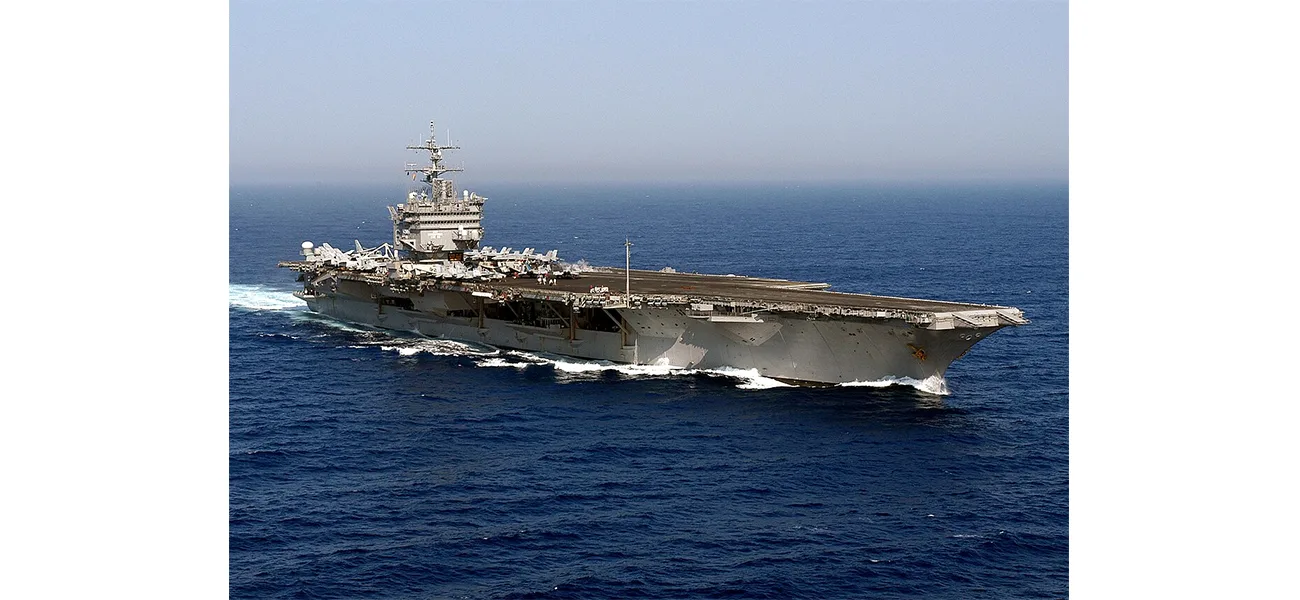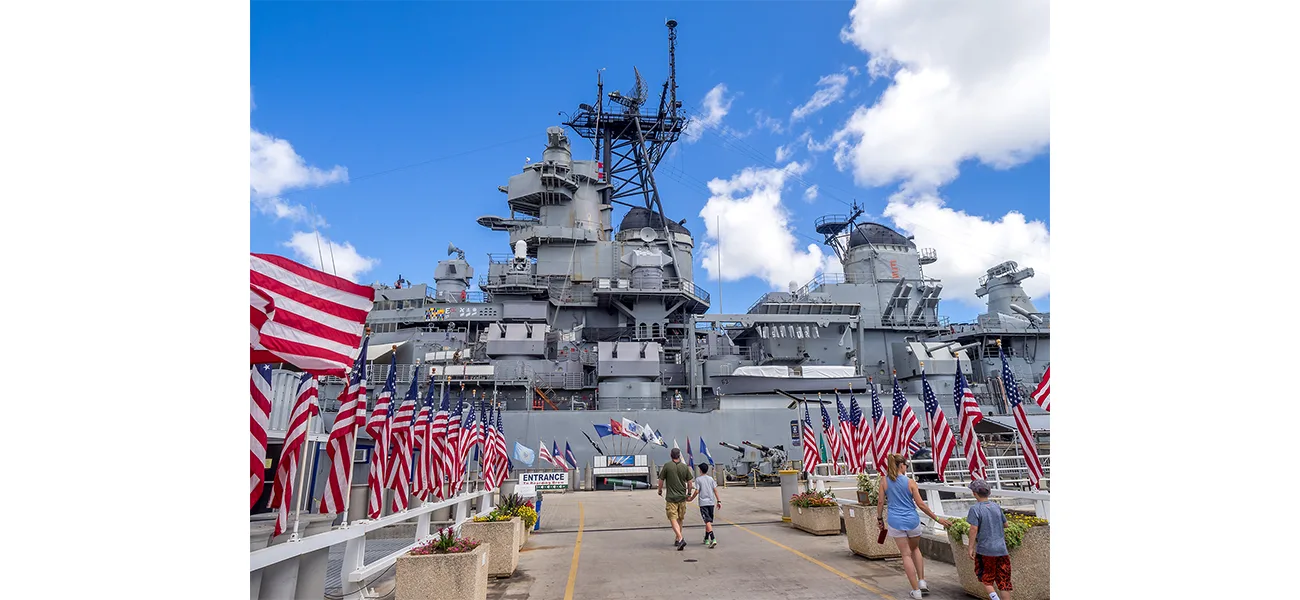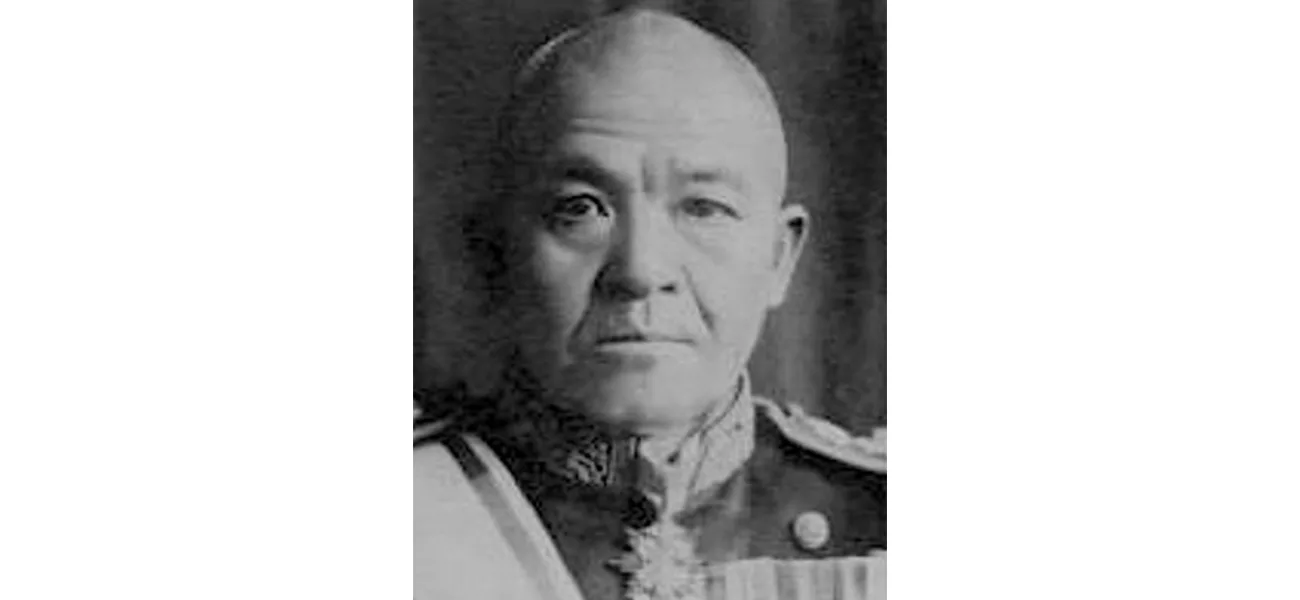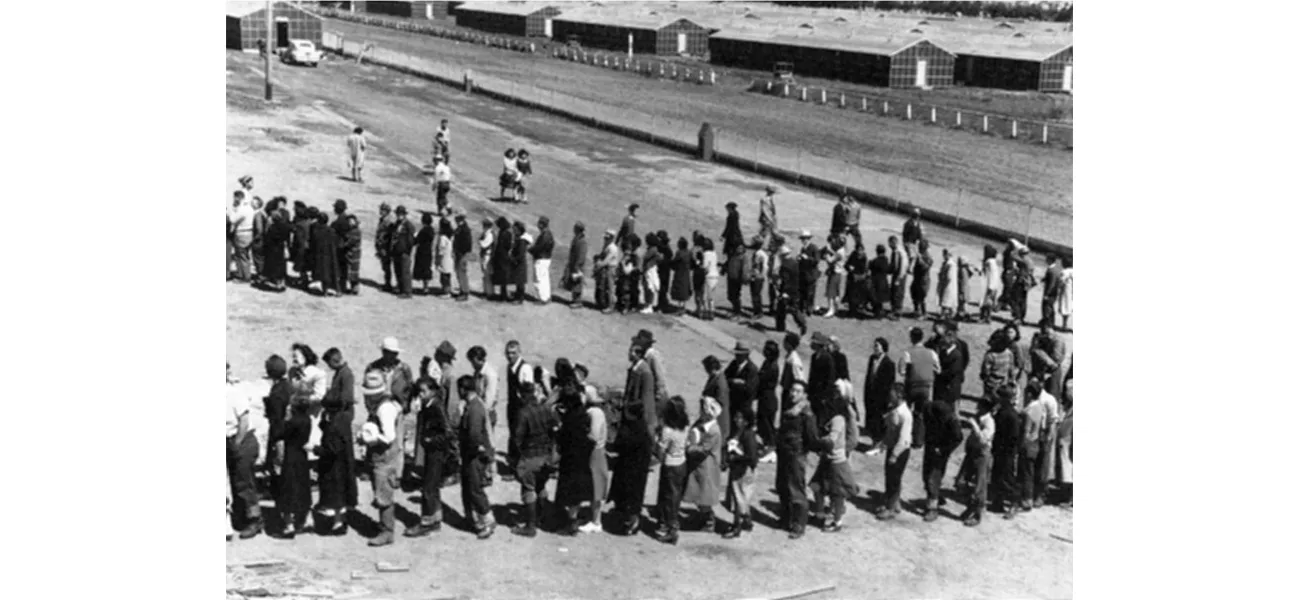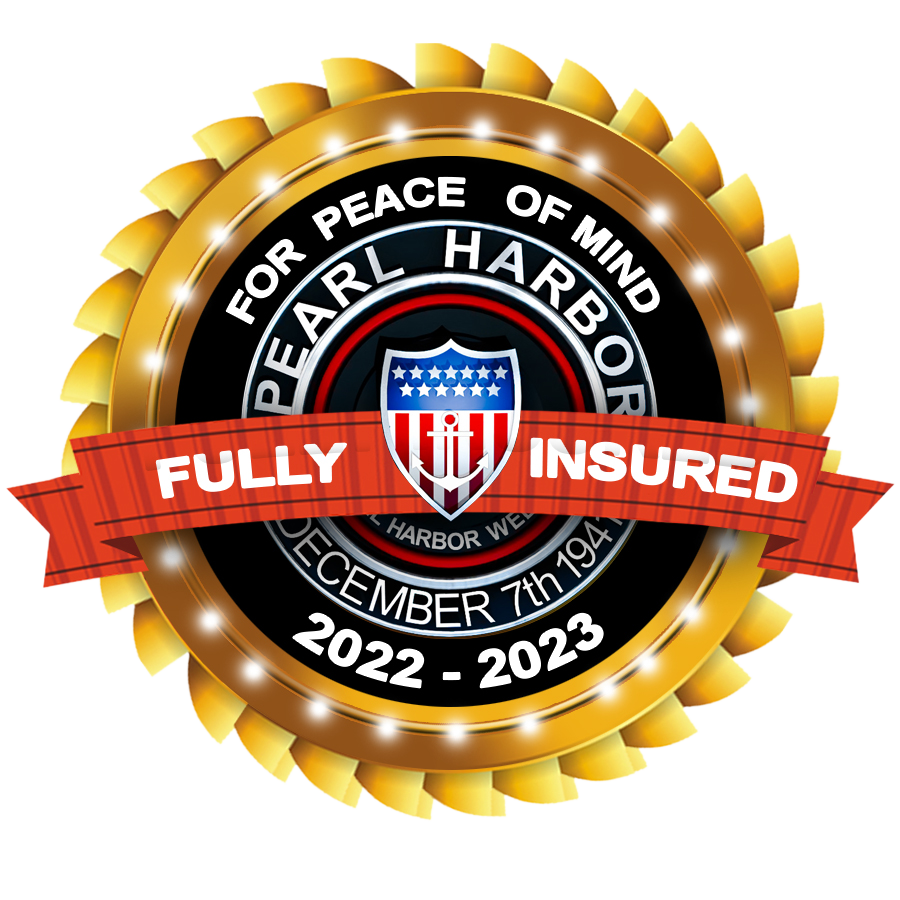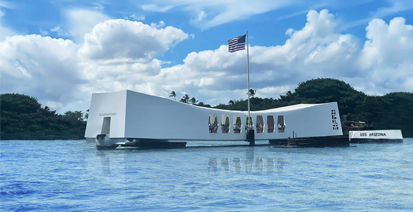Pearl Harbor Welcomes the USS Illinois
Pearl Harbor Welcomes the USS Illinois, marking another milestone in the legacy of this historic naval base. While Pearl Harbor is best known for its pivotal role in World War II, it remains an active and strategic location for the U.S. Navy. The USS Arizona Memorial stands as a solemn reminder of the events of December 7, 1941, but the base itself continues to evolve, welcoming new vessels that strengthen America’s maritime defense. In 2017, Pearl Harbor proudly became home to its fifth Virginia-class submarine, the USS Illinois (SSN-786), a state-of-the-art vessel designed for modern naval warfare.
A Historic Addition to Pearl Harbor
Pearl Harbor has been the station for some of the most iconic ships in American naval history, including the USS Oklahoma, USS Utah, USS Bowfin, and the legendary Battleship Missouri. Now, the USS Illinois joins this distinguished list as the first Virginia-class Block III submarine to be stationed in Hawaii. This advanced vessel represents the latest in naval engineering, bringing cutting-edge technology and enhanced combat capabilities to the Pacific Fleet.
Unmatched Power and Advanced Capabilities
As a Virginia-class submarine, the USS Illinois is built for stealth, endurance, and versatility. She can dive more than 800 feet below the surface and travel at speeds of 25 knots while remaining virtually undetectable. The Illinois is equipped with:
- Two 87-inch payload tubes, capable of carrying six Tomahawk cruise missiles each
- Advanced mobile mines and unmanned underwater vehicles
- Enhanced sonar and intelligence-gathering technology
These features make the Illinois a critical asset to U.S. naval operations, capable of conducting covert surveillance, precision strikes, and undersea warfare.
Commissioning and Journey to Pearl Harbor
Before arriving at Pearl Harbor, the USS Illinois had to undergo extensive testing and final preparations. She was officially commissioned into the U.S. Navy on October 29, 2016, during a ceremony at the Naval Submarine Base in New London, Connecticut. The event was graced by former First Lady Michelle Obama, who served as the vessel’s sponsor and played an essential role in the commissioning ceremony.
The Illinois’ journey began in June 2014, when construction started. She was christened on October 10, 2015, and after rigorous trials, she set sail to join the Pacific Fleet. With a crew of approximately 132 sailors—including 15 officers and 117 enlisted members—the Illinois arrived in Pearl Harbor, ready to prepare for her maiden deployment.
A Proud Moment for Pearl Harbor
The arrival of the USS Illinois at Pearl Harbor highlights the base’s continued role as a strategic hub for the U.S. Navy. While Pearl Harbor honors its past, it also embraces the future with vessels like the Illinois, ensuring the Pacific Fleet remains strong, agile, and prepared for any challenge.
With its cutting-edge technology, stealth capabilities, and powerful weaponry, the USS Illinois represents the next generation of undersea dominance. As she begins her operational service from Pearl Harbor, this advanced submarine will play a crucial role in protecting American interests across the Pacific and beyond.
